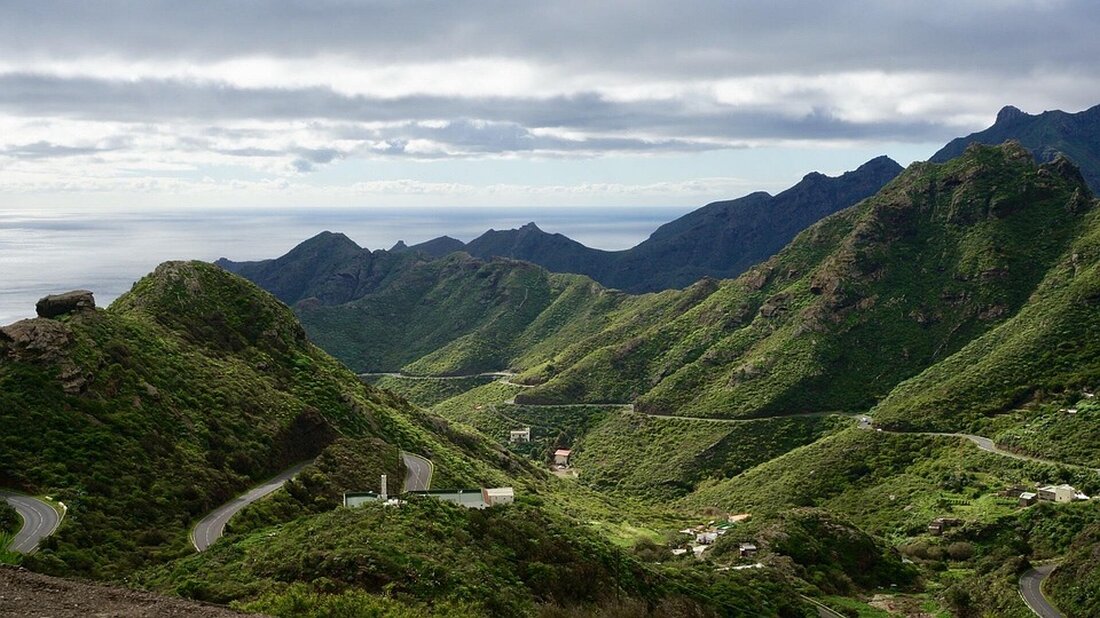Tenerife in a tourist jam: Strict rules for nature conservation from 2026!
Tenerife will regulate mass tourism from 2026 with entrance fees, stricter controls and protests for environmental protection.

Tenerife in a tourist jam: Strict rules for nature conservation from 2026!
On the Spanish island of Tenerife, which is part of the Canary Islands, the tourism situation is getting worse. Mass tourism, particularly in El Teide National Park, has led to significant environmental problems. From 2026, an access fee for visitors to Spain's highest mountain will be introduced, with income going to nature conservation measures. Loud Mercury A maximum number of 300 visitors per day in the national park should also be set, who must be registered.
The island administration took control of the national park on January 1, 2025. The measures to regulate visitor traffic are necessary as the region suffers from the consequences of well-trodden paths, rubbish and illegal parking. From 2026, car traffic in the national park will also be reduced and electric shuttle buses will be used to reduce the burden. Surveillance cameras will help ensure compliance with these regulations.
Protests against mass tourism
The problems in the region have not only alarmed those responsible. The inhabitants of the Canary Islands, which number around 2.2 million people, are resisting the increasing commercialization of their homeland. Massive protests took place at the end of April 2024, in which the police counted around 20,000 participants, while the organizers spoke of almost 50,000 people. The demonstrators raised slogans such as “The Canary Islands are not for sale” and demanded, among other things, better control over the rental of holiday accommodation and the introduction of an environmental tax on tourists. daily news reports solidarity rallies on the Spanish mainland in cities such as Madrid and Barcelona.
The economic importance of tourism should not be underestimated; it accounts for 35% of the Canary Islands' economic output and secures 40% of jobs. Nevertheless, many residents complain about rising rents and the pressure caused by mass tourism. Attempts to reach agreement on a moratorium on new hotel projects and a say in future developments are part of the demands. At the same time, a record 15.2 million visitors from 2024 are expected in 2025, which further increases the population's reservations.
Future prospects and challenges
Despite the worrying developments, those responsible in Tenerife see a need for action and plan to invest around 219 million euros in environmental programs. This includes, among other things, the revitalization of seagrass meadows, which should contribute to the preservation of coastal ecosystems. Scientists have also discovered the so-called “Black Devil” off Tenerife, indicating the region's biological riches.
The new legal reform also provides for higher penalties for violations of current regulations in order to encourage a change in attitudes among tourists and the industry. Fines can range from 1,500 to 6,000 euros for wildlife parking. These measures are part of an overall plan aimed at reducing mass tourism to sustainable levels while taking greater account of local concerns.

 Suche
Suche
 Mein Konto
Mein Konto